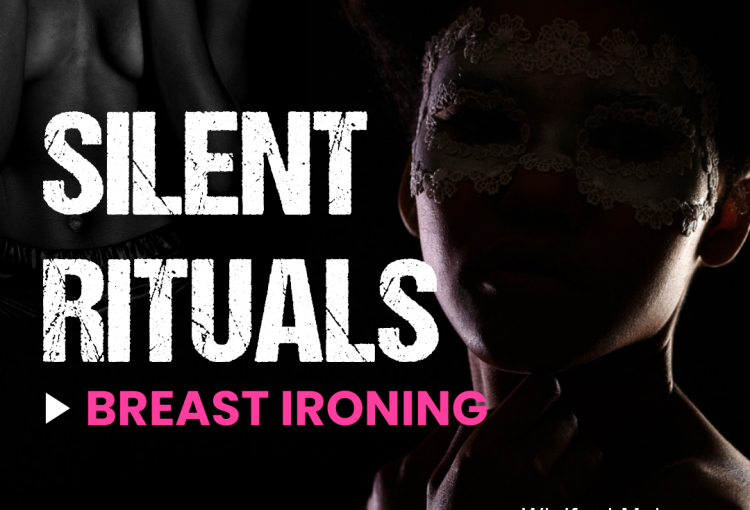By Winfred Makawa, MSN, BSN, RN
Gender-based violence is a ubiquitous phenomenon across Africa and many parts of the world that encompasses various acts such as child marriage, sexual harassment and assault, and adolescent pregnancy. Additionally, there are those acts of violence that don’t get talked about as much, with one particular heinous act that this article will discuss: breast ironing.
What is breast ironing?
Breast ironing, or breast flattening, is the process in which the breasts of girls and pre-adolescents are suppressed from growth. This is usually accomplished via horrific means, most notably by pressing a hard and heated object such as a hot spatula repeatedly upon the girl’s breasts to hinder their breast tissue from growing. This process is physically painful for the victim, ongoing over time, often results in infections, tissue damage, and ultimately leaves them deformed. What may be more harmful than the physical damages are the lasting psychological issues resultant of the breast ironing, including fear and anguish, shame due to deformity, loss of confidence in trusted caregivers, and the sense of a loss of control over their own agency and bodies
Why is breast ironing done?
Worldwide, the development of breasts is often misconstrued as an optional and overt display of sexuality instead of as a natural progression into womanhood. As such, in the cultures that practice breast ironing, the act is done primarily to “protect” girls from unwanted male attention, and subsequent sexual violence. Another reason for breast ironing is to deter child marriages. By hiding the fact that the girl is now developing into a woman, the perpetrators hope to delay their young, underage girls from becoming wives and mothers prematurely.
Where does breast ironing occur?
Breast ironing is an act that usually occurs in silence and secrecy, and is largely unreported. It typically takes place in remote, small villages in various countries throughout Subsaharan Africa. The literature has identified the west African nations of Guinea-Bissau, Guinea-Conakry, Togo, Benin, Burkina Faso, Nigeria, Cameroon; the central African nations of Chad and Central African Republic; the east African nations of Kenya and Tanzania; and the south African nations of Zimbabwe and South Africa as locations where breast ironing takes place. There have also been few reported cases amongst African diaspora communities in the United Kingdom and France.
Conclusion
In conclusion, we see that while the perpetrators of breast ironing think that they’re helping their young female victims from future violence from men, in actuality breast ironing is in itself an act of gender-based violence. While respecting tradition is of utmost concern when we observe varying cultural practices, we must always contemplate if the outcomes of the traditional acts outweigh the mental and physical repercussions inflicted upon their targeted audience. Though it’s true the the data are extremely limited on this specific topic, there is no reported evidence to support that the harmful practice of flattening girls’ breast, which takes an extreme toll on their mental and physical health, deters sexual violence or child marriage in any notable way.
References
- Africa Health Organisation. “Breast Ironing Fact Sheet.” (n.d.). Accessed July 22, 2023. Web
- Amahazion, Fikrejesus. “Breast ironing: A brief overview of an underreported harmful practice.” Mar 27, 2021. The Journal of Global Health. Accessed July 22, 2023. Web
- Selby, Daniele and Ngalle, Julie. “Why These African Mothers ‘Iron’ Their Daughters’ Breasts.” Apr 6, 2018. Accessed July 22, 2023. Web

